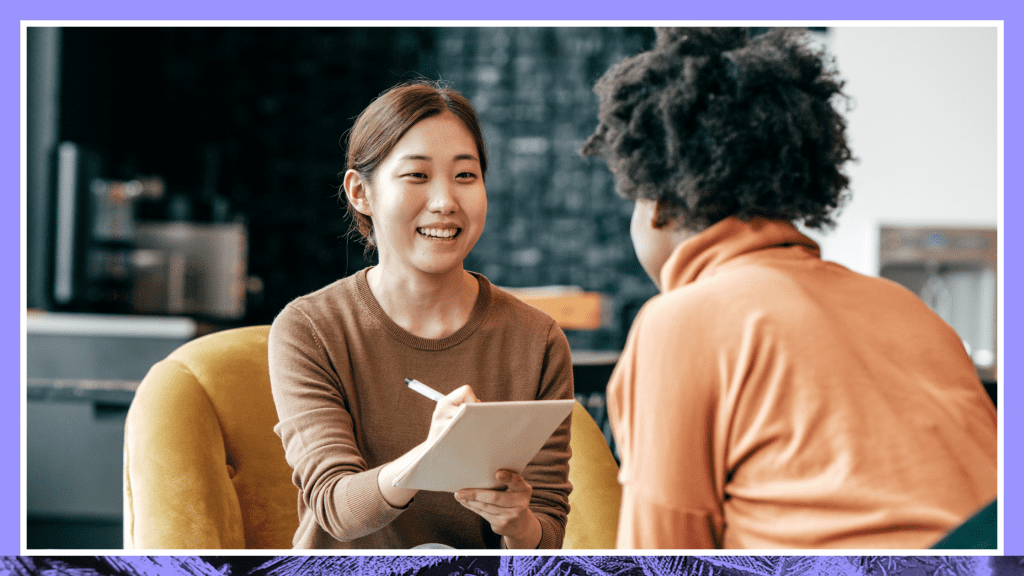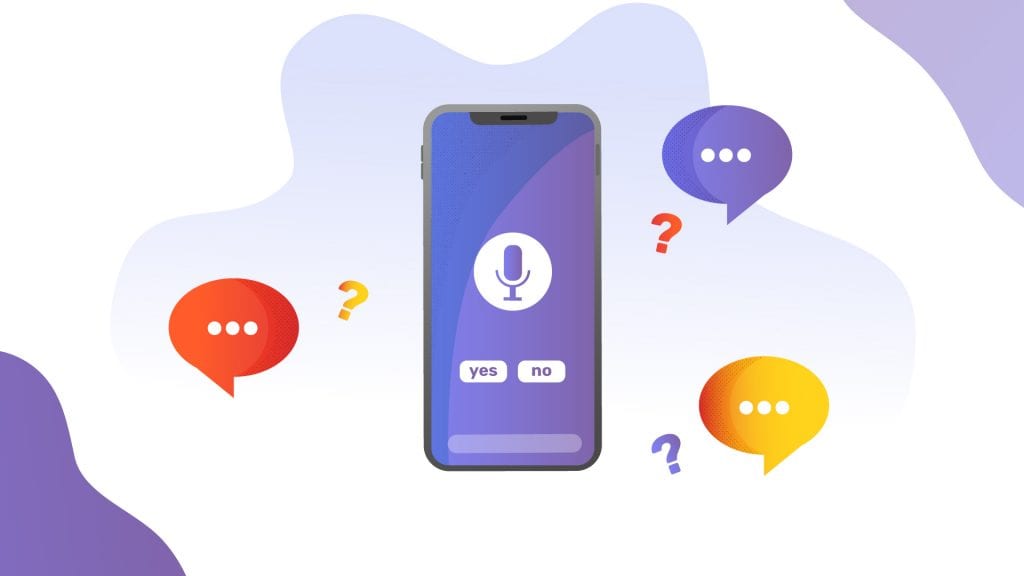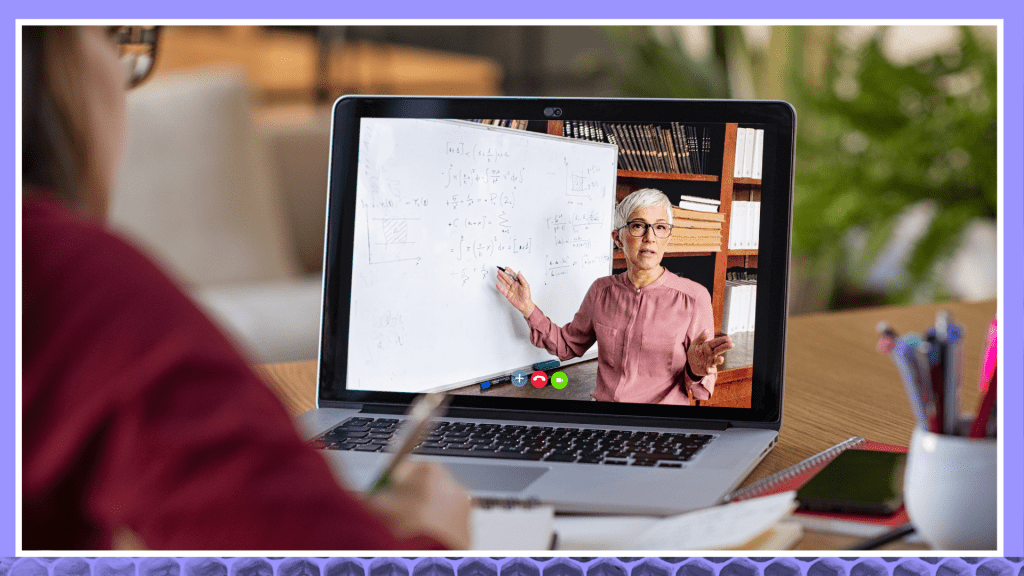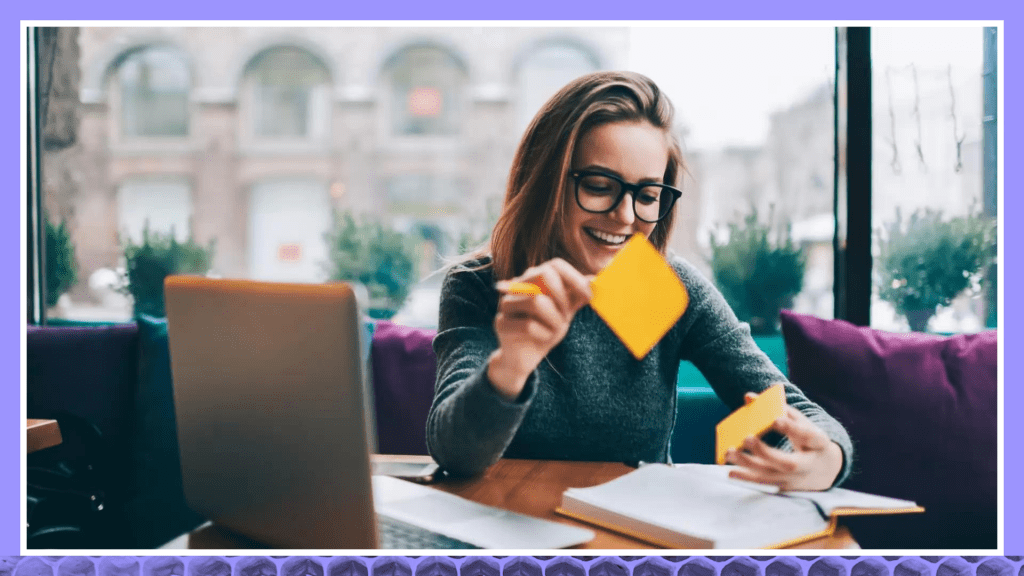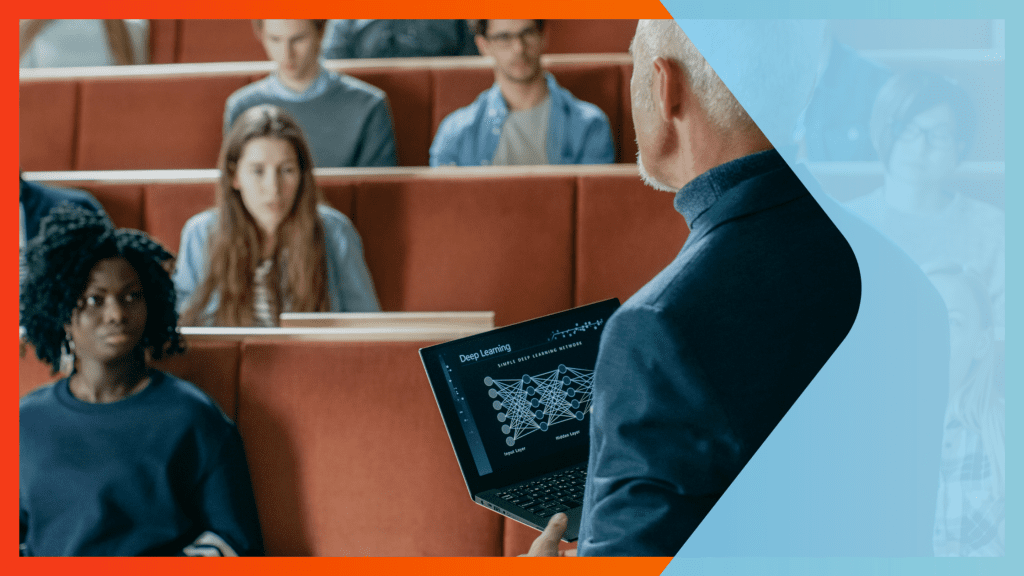Learning Disabilities Awareness Month: How to Cater to Non-Auditory Learners
Celebrate Learning Disabilities Awareness Month with tips for catering to non-auditory learners and creating better access for all.
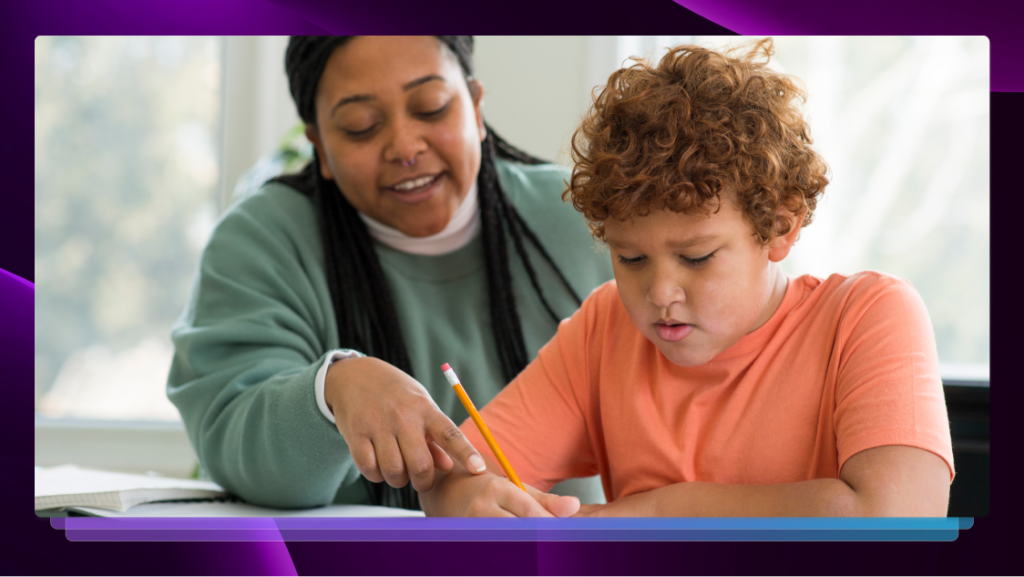
Learning Disabilities Awareness Month takes place every October. Also called Learning Disabilities and Dyslexia Awareness Month, it’s a month-long opportunity to highlight the challenges faced by the 1 in 5 Americans (both children and adults) with learning disabilities, as well as to consider what your brand, company, or classroom is doing to cater to their needs.
Catering to people with learning disabilities is not only the right thing to do; it’s the smart thing to do for your brand or business. While you don’t want to paint with too broad of a brush, 1 in 5 people is a lot of people. By better serving their needs, you can greatly expand your audience.
Here are a few ideas on how to celebrate and take action during Learning Disabilities (LD) Awareness Month.
History of Learning Disability Awareness Month
The first Learning Disabilities Awareness Month happened on 1985, thanks to President Ronald Reagan’s Proclamation 5386, which stated:
“Awareness of learning disabilities is one of the most important advances in education in recent years. As more and more Americans become aware, our citizens with learning disabilities will have even greater opportunity to lead full and productive lives and to make a contribution to our society.”
Since then, brands, companies, schools, and other organizations have made October a time to celebrate learning about how those with LDs navigate the world, as well as to create disability awareness month activities designed to make the world a better place for the disabled community.
Different Types of Learning Disabilities
Learning disabilities take many forms and impact people in different ways. The most common learning disabilities include:
- Dyslexia. Children and adults with dyslexia can face challenges with word recognition, spelling, reading, and hearing spoken words, among other difficulties. Dyslexia affects 20% of the population and represents 80–90% of all those with learning disabilities. (Yale Center For Dyslexia & Creativity)
- Nonverbal Learning Disability (NLVD). While there’s no all-compassing diagnosis for those with nonverbal learning disabilities, those who do suffer from them can have trouble understanding nonverbal cues like facial expressions and body language. It’s estimated that up to 8% of the population experiences nonverbal learning challenges. (Nature.com)
- Dyscalculia. People with dyscalculia find it hard to do math and tasks that involve math or numbers. Dyscalculia impactus 3–7% of all children, adolescents, and adults. (National Library of Medicine)
- Dysgraphia. Between 10% and 30% of children experience difficulty in writing, and a large percentage of those can be attributed to dysgraphia, which impacts fine motor skills like handwriting. (NLM)
- Attention-Deficit/Hyperactivity Disorder (ADHD). An estimated 8.4% of children and 2.5% of adults suffer from ADHD, a debilitating disorder that impacts a person’s ability to focus and causes hyperactivity and impulsivity. (American Psychiatric Association)
- Developmental Language Disorder (DLD). DLD is a neurodevelopmental language disorder that interferes with learning, understanding, and using language. DLD impacts more than 7% of kindergartners. (National Institute on Deafness and Other Communication Disorders)
Auditory Learners vs. Visual Learners
It goes without saying that all people, no matter their age or abilities, learn in different ways. If you’ve ever read an instruction manual but then had to look up a video on Youtube to “get it,” you understand what we’re talking about.
There’s no “right” answer when learning something, but there are broad categories that most learners fall into.
Auditory learners learn by hearing and listening. Auditory learners are more likely to understand spoken instructions than written ones because they find it easier to store and remember information by how it sounds. Tell, don’t show, when teaching an auditory learner.
Visual learners, on the other hand, learn by reading or seeing pictures or video. It’s much easier for visual learners to store information by sight. Show, don’t tell visual learners.
There’s nothing wrong with auditory learners vs visual learners; both groups simply store and recall information with different methods. And it’s important to note that nearly everyone, whether they’ve been diagnosed with a disability or not, learns in a different way. Because of this, it’s important to make sure your content is catered to a variety of learners.
How to Cater to Those With Learning Disabilities
People with learning disabilities are part of your audience, and by not considering them in your business and marketing approach, you’re doing them and your own brand a disservice. By demonstrating that you’re cognizant of your entire audience and doing everything you can to reach and cater to them, you build good will toward your brand and expand your audience at the same time. (Plus—it just feels nice to be inclusive!)
So how can you raise awareness during Learning Disabilities Month and better cater to those with learning disabilities? It’s easier than you think (and really should be a year-round initiative).
In broad strokes, simply be aware and have conversations about the challenges faced by those with learning disabilities. Be cognisant that many people face some sort of learning or communication challenge, and that it might not be obvious to everyone.
But how do you cater to people with learning disabilities if you don’t know that they have them? You can start by simply asking! You might not be in a position to ask every customer or member of your audience one-on-one what they specifically need, but you can communicate en masse to your audience. A simple “What can we do to serve you better?” questionnaire posted online, emailed, or sent via traditional mail can enlighten you about your entire audience and their individual needs.
Here are some more ideas about how to celebrate Learning Disabilities Awareness Month and better cater to non-auditory learners:
1. Interview People With Learning Disabilities For Digital Channels
Some people with learning disabilities are shy about their challenges, but many are more than willing to speak about their life experiences. It never hurts to ask, especially if you make your good intentions known.
Interviews of this sort make great content for social media and websites, and are easily shareable. But most importantly, it’s hearing real people tell their stories, and that can have a big impact on both your brand and your audience. By sharing the stories of people with learning disabilities, you’re:
- Showing the people in your audience who also deal with LDs that they are not alone.
- Demonstrating that people with LD have stories to share, if they’re given the opportunity, which can encourage others to tell their stories.
- Setting an example for other brands by using yours to champion an often overlooked segment of the audience.
- Creating good will toward your brand or business.
2. Caption Your Content
It’s traditionally thought that closed captions are specifically for the deaf and hard of hearing, but in reality, they benefit all sorts of people from all walks of life.
Whether you’re making content for social media, creating instructional videos, or holding virtual meetings, to be truly inclusive and considerate of those with learning disabilities, you should always add captions. Closed captions certainly do benefit the deaf and hard of hearing, but they also make your content accessible to those with learning disabilities, ADHD, autism, auditory neuropathy, and Down Syndrome.
Not everyone has the ability (or desire!) to listen to audio, so adding closed captions to your content can increase accessibility exponentially. Captions and subtitles are becoming the norm rather than the exception to the way people watch content. In fact, 50% of Americans say they watch content with subtitles or captions most of the time. Why would you alienate at least half your potential audience by not captioning your content?
3. Use Your Channels to Highlight Content Creators With Learning Disabilities
If your organization is on social media, spend Learning Disabilities Awareness Month highlighting and sharing creators with learning disabilities. TikTok, Instagram and Facebook are great places to amplify the content of people with disabilities, and by doing so, you’re also making content for your own channels.
Just like including people with LD in your own content, sharing the content made by people with learning disabilities demonstrates inclusivity and promotes awareness by amplifying those creators’ channels. But there’s a practical aspect that your brand can benefit from as well: you share their content, maybe they’ll share your content. An influencer is an influencer, and it never hurts to introduce yourself to another influencer’s audience.
4. Get Your Audio and Video Transcribed
Like closed captions, transcription of your audio and video opens your content up to those who can’t otherwise understand or enjoy your content. In our opinion, transcription is vital for “necessary” things like classroom recordings, lectures, and meetings.
Whether a viewer has a learning disability or not, accurate transcription can make your content more usable and accessible. A text version of your video is easily searchable, saving a viewer a lot of time otherwise spent scrubbing through the video looking for specific information.
Transcription also elevates your SEO, because it adds rich content for search engines to read. This makes your content “findable” where video or audio alone could get lost in the vast sea that is the internet.
If you use a transcription service that utilizes cutting-edge AI (Cough-Rev-Cough), you’ll even get thorough summaries of your content that makes it even more accessible.
5. Hang Posters About Learning Disabilities
This might feel like a tactic limited to classrooms or office break rooms, but it’s Learning Disabilities Awareness Month, so don’t be shy about raising awareness anywhere, from your retail store windows to public bulletin boards and special media.
Many learning disabilities aren’t visually obvious, so you might be doing our disabled friends and family a service by offering bullets about what to look for and how to help. The National Institute of Health offers a number of resources you can use to make posters or social posts about specific disabilities.
Resources for Further Learning
For more information about learning disabilities, here are a few resources that you can use to educate yourself and others.
- The LDA Podcast is a weekly production by the Learning Disabilities Association of America that covers everything from the history of learning disabilities to interviews with experts.
- The International Dyslexia Association offers support for individuals with dyslexia, their families and the communities that support them.
- The National Center for Learning Disabilities offers resources for people with learning disabilities as well as for parents and caregivers, educators and advocates.
- Smart Kids with Learning Disabilities creates weekly workshop videos for kids with learning disabilities and their caregivers.
- Rev has a plethora of accessibility content on their blog, including this post on the differences between SDH subtitles, closed captions, and subtitles.
Amplify Your LD Efforts With Rev
Whatever you do to celebrate Learning Disabilities Awareness Month, you want people to see your efforts. What’s awareness without awareness, after all? Use Rev’s robust suite of services to add captions to your videos, create text versions of your audio and video content, and generate more exposure and accessibility.
Keep reading
Subscribe to The Rev Blog
Sign up to get Rev content delivered straight to your inbox.



